In the shadow of Tupolev
In our country, even aviation the public knows the merits of only general designers. Constructors who are closely involved in the design, creation and development of aircraft, as a rule, remain in the shadows.
Even the leader of such a scale as Sergey Mikhailovich Eger, who has worked practically all his conscious life in the Tupolev Design Bureau, is known to most just as the head of the “technical projects” department and at best as the “father” of the Tu-154 aircraft. In fact, S.M. Eger was the closest assistant to Andrei Nikolaevich Tupolev, his "right hand". He worked side by side with the most famous domestic aircraft designer for nearly thirty-five years.
CM. Eger - in the truest sense of the word co-author of Tupolev in the creation of many famous combat and civilian aircraft: Tu-4, Tu-4, Tu-16 (with many modifications), Tu-95, Tu-104, Tu-114, Tu 124, Tu-134, Tu-154, Tu-22, Tu-128, Tu-145.
Sergey Mikhailovich’s father was a hereditary railway worker and came from the Volga Germans. He worked in the carriage workshops at the station Romanovka near the city of Saratov. There in 1914 was born S.M. Yeger In 1931, Sergey graduated from the school of trade schools in the city of Tambov, where he settled to work at the plant, was engaged in the repair of machine tools. His technical mindset was quickly noticed and soon transferred to the position of technician, to the bureau of reconstruction of the plant, it was there that he carried out his first design work. In 1932, Sergei Mikhailovich moved to Moscow and entered the Moscow Aviation Institute. In the evening he studied, and during the day he worked in the design bureau for S.V. Ilyushin.
In 1936, Eger received a diploma from the MAI, after which he went to work as the head of the design brigade at the aircraft factory number 240. In March, 1938, Sergei Mikhailovich was arrested. But he was lucky, as he was sent to the NKVD Public Security Bureau (TsKB-29), which is usually called the “Sharaga”. There he worked for A.N. Tupolev, in a brigade of general types over the Tu-2 aircraft. When Jager was released in the 1941 year, he continued to work for Tupolev. In 1943, Sergei Mikhailovich headed the technical projects department of the Tupolev Design Bureau. And from that time almost all aircraft with the “Tu” brand began their journey from the desktop and the smith SM. Eger.
The episode testifies how much Tupolev talented Jager appreciated. Once the leadership of the Central Clinical Hospital decided to “transfer” Eger to the Myasishchev KB. Tupolev sincerely indignant and, risking his own reputation, declared a strike, demanding the return of his assistant to his design bureau. The management of the Central Clinical Hospital was forced to satisfy the demands of Andrei Nikolaevich.
The creative collaboration of Sergei Mikhailovich with Andrey Nikolayevich was extremely successful. They surprisingly complement each other. None other than Eger, on the fly, grasped Tupolev’s thoughts and aspirations. He managed to create a brigade of new sample, new content. Sergei Mikhailovich had knowledge of the country's defense problems: strategies and tactics of aviation, and therefore successfully put forward to the Government long-term, weighty plans for building heavy aviation in the country. The center for the development of these plans was the department of technical projects.
Its short name does not reflect the essence of the activity. This center dealt with problems that were within the power of a large division. Having been assured by the Government in the form of a Resolution of the Council of Ministers of the USSR, the technical design department issued design teams to design teams. It was here that the erudition and talent of designer Eger and his team manifested themselves. It was not by chance that the department of Eger was called the "General Headquarters" of the Design Bureau.
Tupolev was not satisfied, as a rule, even with good draft designs. He had to see the plane in kind, that is, to build a layout. The head of the mock-up shop was the first to create the image of a future car. The mockup commission reviews the draft design and the mockup of the aircraft, and after discussion, approves the mock-up and construction of the future car. This is the hardest job. It is decided "on the edge" of scientific and technical achievements. Protecting the project in front of leading experts is not such a simple matter. Many departments of the Design Bureau took part in this work, but the main “defendant” was S. M. Eger.
In the aircraft design system S.M. Eger managed to bring in a fundamentally new content. Even during the organization of the OKB A.N. Tupolev established a brigade of general types of perspective and conceptual design, under the leadership of a prominent scientist Boris Mikhailovich Kondorsky. However, his data were approximate, preliminary. But new times, new orders, new people have arrived. Time accelerated, decisions were made immediately, quickly. We had to keep up with the times. S. M. Eger and here managed to "get in line." A.N. Tupolev submitted to the government a draft resolution of the USSR Council of Ministers, the State Budget allocated the necessary funds for the construction, testing and mass production of the aircraft. Naturally, the draft resolution was developed by S. M. Eger. He knew how to do it brilliantly.
The method turned out to be viable. It was successfully used in the development of projects such as the Tu-14, Tu-95, Tu-16, Tu-104, Tu-114, Tu-22 and others. It was until the moment when, on the initiative of A.N. Tupolev, a department "K" was created inside the OKB, in fact, an OKB for the development of supersonic unmanned aerial vehicles and a Tu-144 supersonic airliner.
The technical projects department developed and transferred to the design teams all the necessary data for detailed design. Of course, in the process of work, all sorts of refinements were made, starting from the airframe contours, the coordinates of the location of numerous equipment and ending with the control of the weight report, in order to preserve the planned alignment of the aircraft. This is a complex design job. Achievement of design flight data was controlled and, ultimately, the technical projects department was responsible for them as the “General Staff” of the OKB.
In August, 1945, the Americans dropped the first atomic bombs. There is a new threat to our country. I.V. Kurchatov was instructed to accelerate the development of the atomic bomb, not limited to costs. Instead of a heavy long-range Tu-64 bomber, Tupolev was offered to build an airplane based on the American carrier B-29 atomic bombs. Simply put, copy it by assigning the name Tu-4. On the personal instructions of Stalin, Tupolev was given extraordinary rights to lead all work related to the Tu-4. Kazan Aviation Plant received a new order - to build the aircraft serially according to the drawings of the Tupolev Design Bureau.
This time, Jager was charged with the most responsible business: to remove the contours of the aircraft, to locate equipment, units, to make a general layout, and much more. All technical forces were mobilized, 840 of large enterprises of the country were involved. Discipline was iron. The terms are extremely tight. About their transfer did not even talk. The OKB design drawings were transferred to the Kazan plant on a strict schedule, which was regularly reported to Stalin. In May, 1947 produced the first aircraft. Test pilots Rybko and Vasilchenko 19 May lifted him into the air.
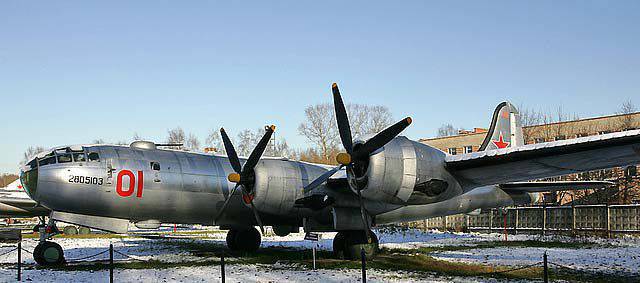
Thus began a new stage in the development of heavy bombers. In a short time, twenty aircraft were built, on which, on Stalin's orders, the selected best crews of the country began conducting military flight tests. Immediately a limited circle of engineers under the leadership of S.M. Jager was ordered to issue drawings to the atomic bomb carrier for testing our first atomic bomb. Two aircraft were quickly re-equipped for this purpose. And on November 6, 1947, Molotov publicly declared: "From now on, there is no secret of the atomic bomb."
Eger skillfully enjoyed the experience of world aviation. According to foreign journals, he carefully studied the movement and the development trend of civil aircraft. Systematized the data, analyzed and outlined its path of advancement. Once he exchanged his thoughts with Tupolev. For Andrey Nikolaevich, new thoughts were expressed somehow spontaneously. Apparently, this was an expression of information accumulated for the time being and one’s own thoughts. It happened this time when the plant built the Tu-4.
“There is a passenger plane lying under your feet, but you don’t notice,” Tupolev once began a conversation with Eger. - Look: you just need to develop a passenger compartment, and the plane is ready. Everything else we take from the third copy of the B-29.
During the year, the 72-seat Tu-70 passenger aircraft was built. 27 November 1946, the F.F. Opadchy lifted him up into the air. The plane passed the factory flight, successfully completed state tests, but was not transferred to the series. There was no free capacity - the country was recovering after the war. But it served as a good base when creating the Tu-104.
As for the Tu-4, it was undoubtedly a good car, but, by the definition of the military, it did not fully meet the requirements of the country's defense in terms of strategic objectives. Therefore, the government decided to instruct the Tupolev Design Bureau to build a strategic bomber with higher flight-technical data than the Tu-4. Eger's first step was to create a Tu-80 - a modification of the Tu-4 (by increasing the take-off weight by 12600 kg). Draft project Tu-80 submitted for approval. The aircraft was built and tested. But by this time OKB VA Dobrynina created a more powerful water cooled 24-cylinder engine VD-4K with take-off power 4300 hp, which provided the height of the aircraft to 10 000 meters. Naturally, Tupolev demanded that Eger develop the layout of the new Tu-85 aircraft with powerful engines.
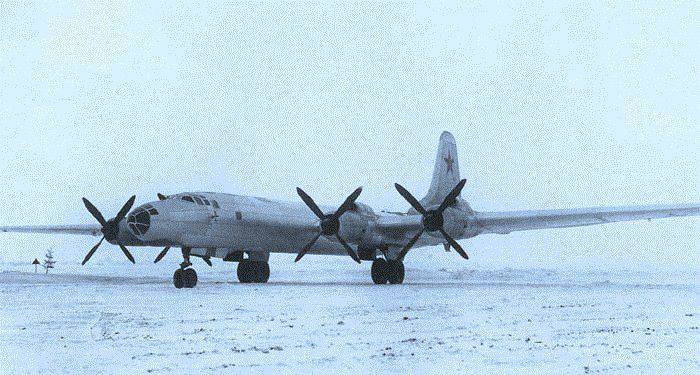
It was necessary to create a giant plane with a wing of large elongation 11,4 with a span of 55,96 meter. It is difficult to imagine, but Eger unusually quickly managed to build a new aircraft. The aircraft was built in 1949 year and transferred to flight tests.
The Tu-80 and Tu-85 showed that the piston engine crisis for heavy vehicles had come, and the way out should be sought in jet propulsion systems. Until that time, Eger did approximate calculations and arrangements of the machine with the engines of Lyulka, Klimov, Mikulin, but they were low-powered. Tupolev and Eger began to look for a way out from the designer of turboprop engines N. D. Kuznetsova, who developed the 2 TV-6000 HP It was decided to make a pair of these engines and get the 12000 hp. using four-bladed propellers of A. Zhdanov, with a diameter of 5,6 m two per pair with opposite rotation. It turned out the most complicated power plant, and Eger continuously worked, or rather reflected on how the plane would turn out. And then the task of creating a machine, and again urgently.
The schematic diagram of the aircraft with the new swept wing and its systems, power plants, frame scheme, equipment layout, weapons, aircraft control were created under the guidance of S.M. Jager in his technical projects department. The work involved experts from other teams of the OKB, and, of course, TsAGI. Tupolev daily monitored the progress of development: delved into them, claimed or rejected. It was very difficult to solve the problems of the swept wing with the elongation of 10, the question of aeroelasticity of the wing, taking into account the variable mass at fuel consumption, and much more. Problems and difficulties arose at every turn.
I must say that the first prototype Tu-95 ("951") was successfully completed in the assembly and handed over to flight tests, which were in full swing. However, on May 11 on the 1953 of the year, a catastrophe occurred on the 17 flight - pilot A.D. died. Flight and flight engineer A.I. Chernov. But the country's leadership demanded, without slowing down, to begin the construction of a backup. Kuznetsov was asked to create an engine with a capacity of 12000 l. with.
The doubler Tu-95 ("952") did not become a repetition of the first copy. The aircraft was greatly facilitated, more durable materials were used, and the reliability of power plants and equipment was increased. All work on the design, construction and flight tests were carried out under the constant supervision of Jaeger. Sergei Mikhailovich, very quickly took steps to eliminate the detected problems. At the same time, the Kuibyshev Aviation Plant began mass production of the bomber. The Tushin air parade in 1955 showed seven strategic Tu-95 airplanes.

In parallel with the work on the Tu-95, Eger considered various options for building a passenger aircraft based on the Tu-95. In the 1957, the intercontinental passenger liner Tu-114 was created (with four TV-12М engines producing 15.000 hp on a passenger 224 with 8000 km range and 800 km / h speed). Fifteen years, these aircraft served in Aeroflot. About the high quality and reserves of the Tu-114 says the fact that it was set thirty-two world records. For participation in the creation of the Tu-114 and Tu-104 S. M. Eger was awarded the Lenin Prize.
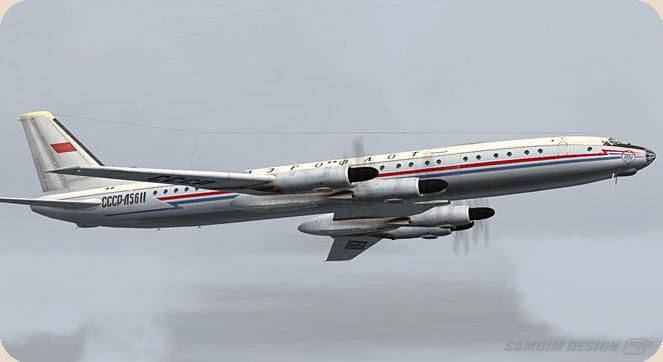
In 1951, the strength of the technical projects department and the entire design bureau were thrown at the rapid design of the Tu-16 (“88”) aircraft. The pilot plant successfully completed the construction of the machine, which 22 April 1952, for the first time took to the air. The aircraft showed good speed (1000 km / h) and was transferred to the Kazan plant for mass production. However, the car was over-heavy, which didn’t like either Tupolev or Jager. Andrei Nikolayevich was still pre-war practice to facilitate the aircraft: the premium for each kilogram of lightweight weight (mass). Tupolev did not stop before any difficulties. During the redesign of the aircraft declared "mechanism" earned. The plane was lightened by six tons, showing the speed of 1018 km / h with the implementation of all design data. At the insistence of Eger, Tupolev instructed to transfer the drawings of the aircraft doubler "882" to the serial plant, stopping the production of the first copy under the code "881". Tupolev predicted a great prospect for the 882 aircraft, called the Tu-16. So it happened. For many years, the Tu-16 aircraft served gloriously in the air force. It turned out to be truly multi-purpose. On its basis, 45 modifications were implemented in the interests of combat use. For this remarkable work, Jaeger was awarded the State Prize of I Degree in 1952, and in 1955 he was awarded the title of Chief Designer.
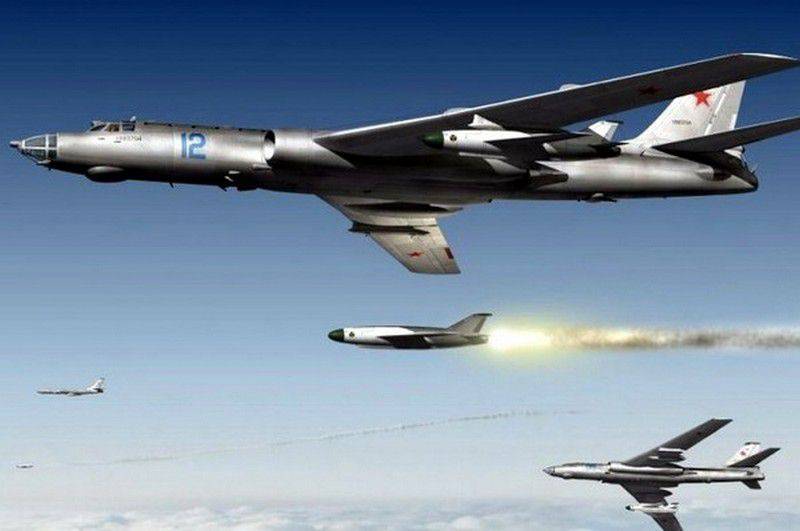
On the basis of the Tu-16 using the groundwork on the aircraft "70" Huntsman created a preliminary design of the passenger aircraft Tu-104. A mock aircraft was quickly built. However, the preliminary mock commission rejected the mock. Civil Air Specialists fleet and the Air Force expressed views on how a modern passenger plane should be. He ordered to cut down the layout and build a new one, taking into account the wishes expressed. Soon, the Tu-104 model was approved with big additions and changes, and working drawings were already being developed. Slides were built in the assembly shop. Jäger and his team barely managed to go everywhere, check what was being done and how.
10 July 1955, Test Pilot Yu. T. Alasheev made the first flight on the Tu-104. The plane passed factory and state tests, but it had opponents who demanded that, before being transferred for flight operation, a lot of modifications were made on it that “would make the aircraft safe and reliable in operation”. With great difficulty, managed to overcome these obstacles. When 22 March 1956, the Tu-104 landed at the London airport, the British newspapers wrote: "We did not expect anything like this, Russia surprised us with its Tu-104 aircraft." 26 world records speak eloquently of its high quality. Twenty years Tu-104 honestly served in Aeroflot. They developed a resource for 35 thousands of flight hours, which corresponds to 15 thousands of landings. In recognition of his contribution to the development of the Civil Air Fleet of the USSR, one of the aircraft’s copies was put on a pedestal at Vnukovo Airport, where he began his “working” life.
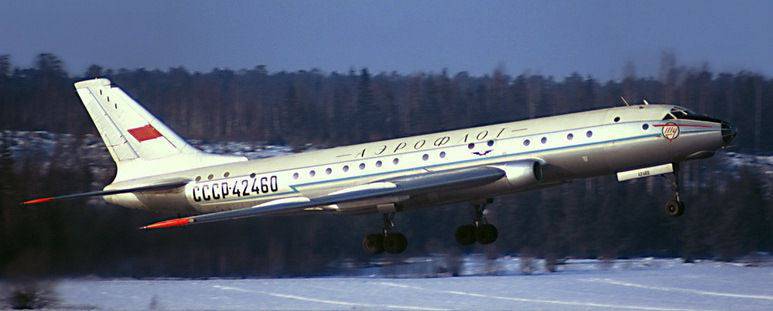
In 1960-1970, Eger took up the creation of the first generation of mass passenger airplanes Tu-124, Tu-134, Tu-154, to which he and his associates made a number of innovations and improvements. Further development of the aircraft in operation was assigned to the chief designers appointed by the leading designers of these aircraft: D.S. Markov - according to Tu-124, L.L. Selyakov - on Tu-134. On the Tu-154 - S.M. Yeger Tu-154 and today is a fairly large part of the civil aircraft fleet in our country.
In the second half of the fifties around the world began to create heavy supersonic machines. By tradition, Tupolev established order when complex problems were studied on experimental aircraft or flying laboratories, and not on Whatman paper. For this purpose, the Tu-1956 and Tu-1958А were built in 98-105. The first developments on these machines were carried out by the technical projects department under the leadership of Eger. The planes were designed by OKB designers, built by a pilot plant, and passed flight tests on a flight base.
The tests of the Tu-98 allowed the designers of the Design Bureau to build the first supersonic interceptor fighter Tu-128, which served for many years in the air defense units of the country. This plane brought a lot of trouble to Eger, but in the end this car was readily accepted in military units, the pilots spoke well of it. No less difficult work was the creation of a supersonic bomber-missile. Its original name is Tu-105A, and after its adoption it is Tu-22. The first flight of this car made in 1958 year. Despite the many difficulties that arose during the test and in the first years in the line units, over time, the Tu-22 aircraft became a reliable fighting vehicle.
The planes created with his participation were in operation with us, and NATO had a special account. In 1972, he was awarded the title Hero of Socialist Labor, and in 1974 he was awarded the Honored Worker of Science and Technology of the RSFSR. After leaving Tupolev Design Bureau in 1975, he completely switched to teaching at the Moscow Aviation Institute, where he was head of the department. G.I. Zaltsman in his monograph wrote S.M. Egere: “He was widely known in the entire aviation industry for his interesting scientific and technical reports, as a member of the All-Union Attestation Commission, as a professor and head of the department of aircraft design at MAI and head of postgraduate studies. He has many scientific papers, 15 copyright certificates for inventions, the author of more than seventy draft designs of aircraft. "
Sources:
Eger V. Memories of Sergei Mikhailovich Eger // Unknown Tupolev. M .: Yauza, 2008. C. 7-9, 303-346.
Bakursky V. Jubilee Sergei Eger / / Aviation and Cosmonautics. 2004. No.8. C. 15.
Agavelyan S. The right hand of Tupolev // Civil Aviation. 1994. No.2. C. 9-12.
Rigmant V. Tu-2 - aircraft legend // Aviation and Cosmonautics. 1997. No.9. C. 2-3.
Shevchuk I. 80 years of design bureau of OJSC "Tupolev" // Wings. No.17. C. 3-6.
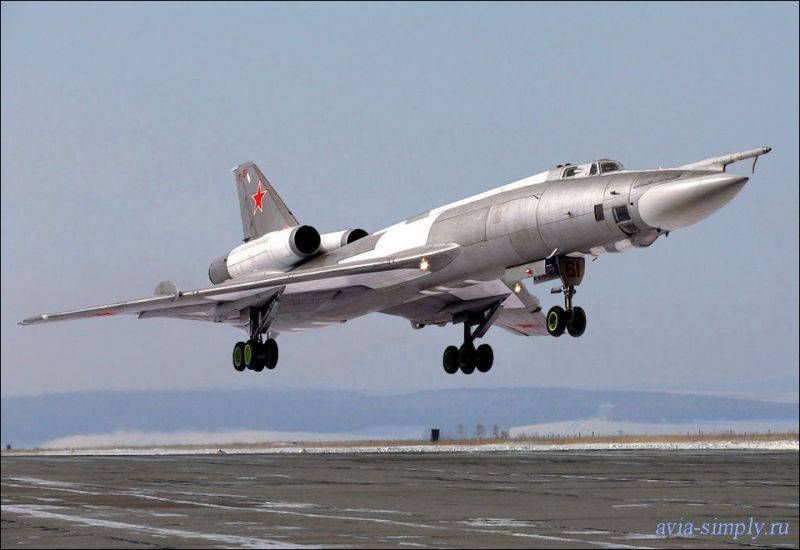
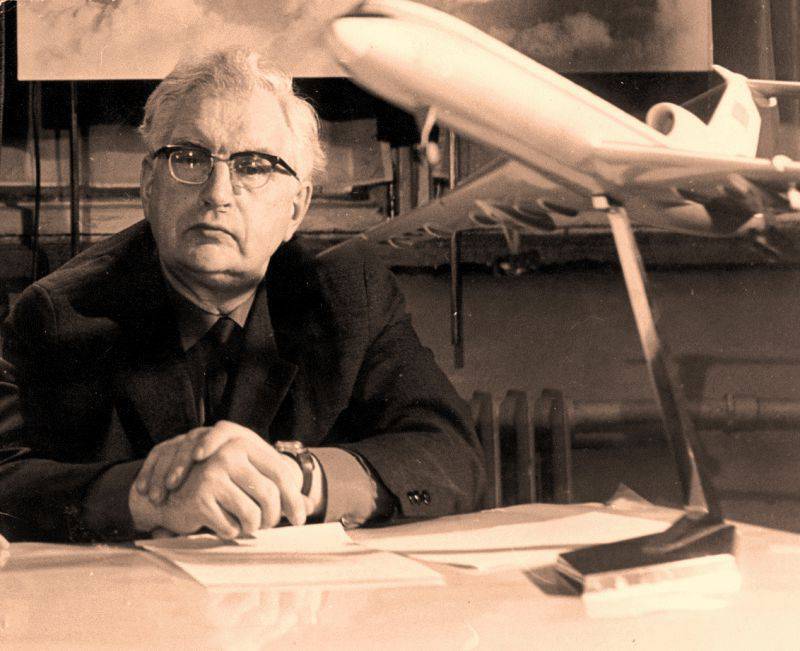
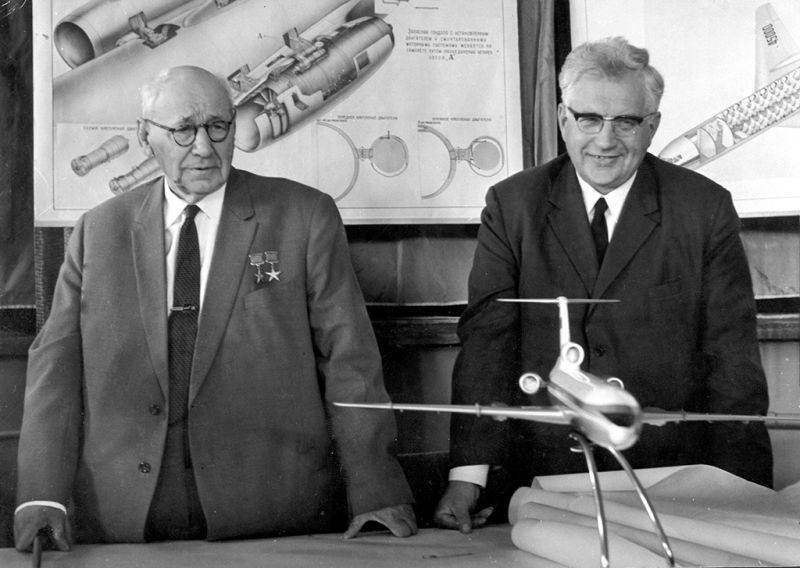
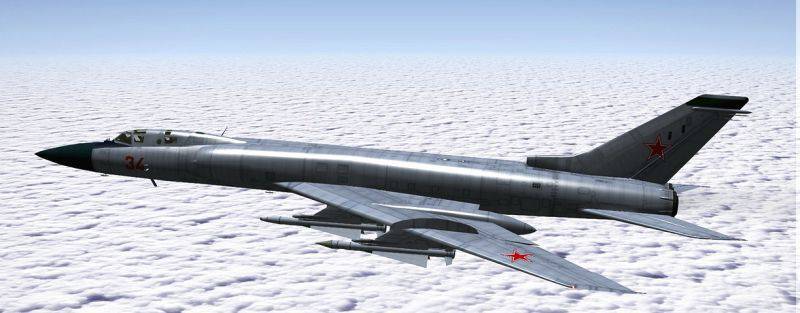
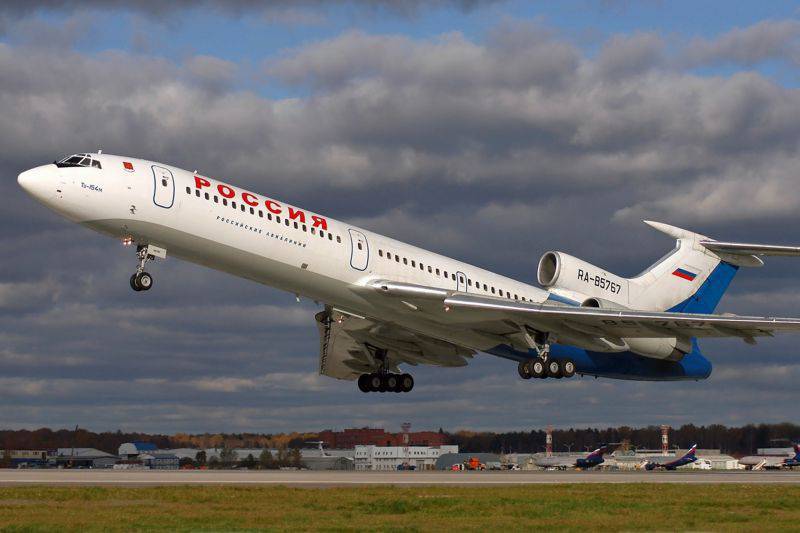
Information